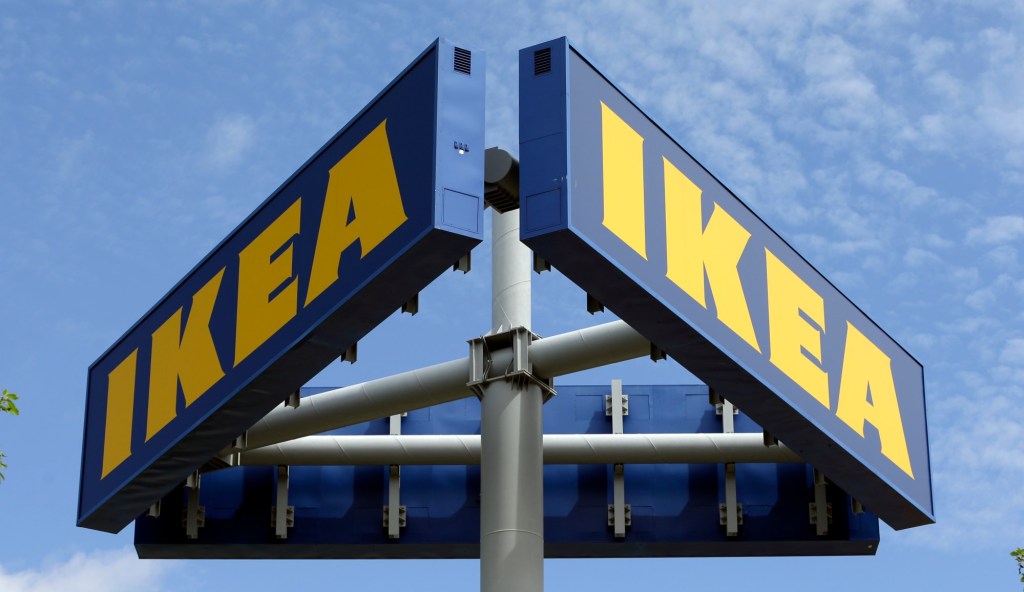By Matthew Boyle
Ikea’s workers were quitting in droves in the US. In the UK and Ireland, half of all new hires were leaving before their first anniversary. Globally, each departure cost Ikea $5,000 or more to replace.
To stem the bleeding, the Swedish furniture behemoth needed to figure out what was making its store workers so unhappy — and fix it fast. By 2022, more than 62,000 employees were departing a year for various reasons, equating to about a third of its workforce, and the pandemic-era labor shortage made it difficult to replenish its ranks.
Workers “suddenly became very scarce,” said Jon Abrahamsson Ring, chief executive officer of Inter Ikea Group — the umbrella entity that oversees Ikea’s store franchising, product design and supply chain — in a recent interview in New York. Ikea focused on things that many businesses talk about doing but struggle to actually implement: Boosting pay, increasing flexibility for frontline employees and using emerging technologies to make things easier on workers and their customers.
The results were stark: Voluntary turnover in the US dropped to about a quarter of employees by the end of 2023, from a third a year earlier. Globally, across the parent company’s more than 600 stores and warehouses, the quit rate fell to 17.5% in April from 22.4% in August 2022. While voluntary attrition has fallen in many white-collar occupations as hiring has slowed, employment in the retail sector has continued to trend up in recent months, making Ikea’s progress notable.
Retail jobs are often marked by low pay, erratic schedules and irate customers, which helps explain why the quit rate for retail workers is more than 70% higher than in other US industries, according to a 2022 report by McKinsey & Co. Half of them are considering leaving their job, McKinsey found, and of those, half want to ditch retail entirely. The situation isn’t better in other parts of the world: UK retailers typically need to replace…
Read the full article here







